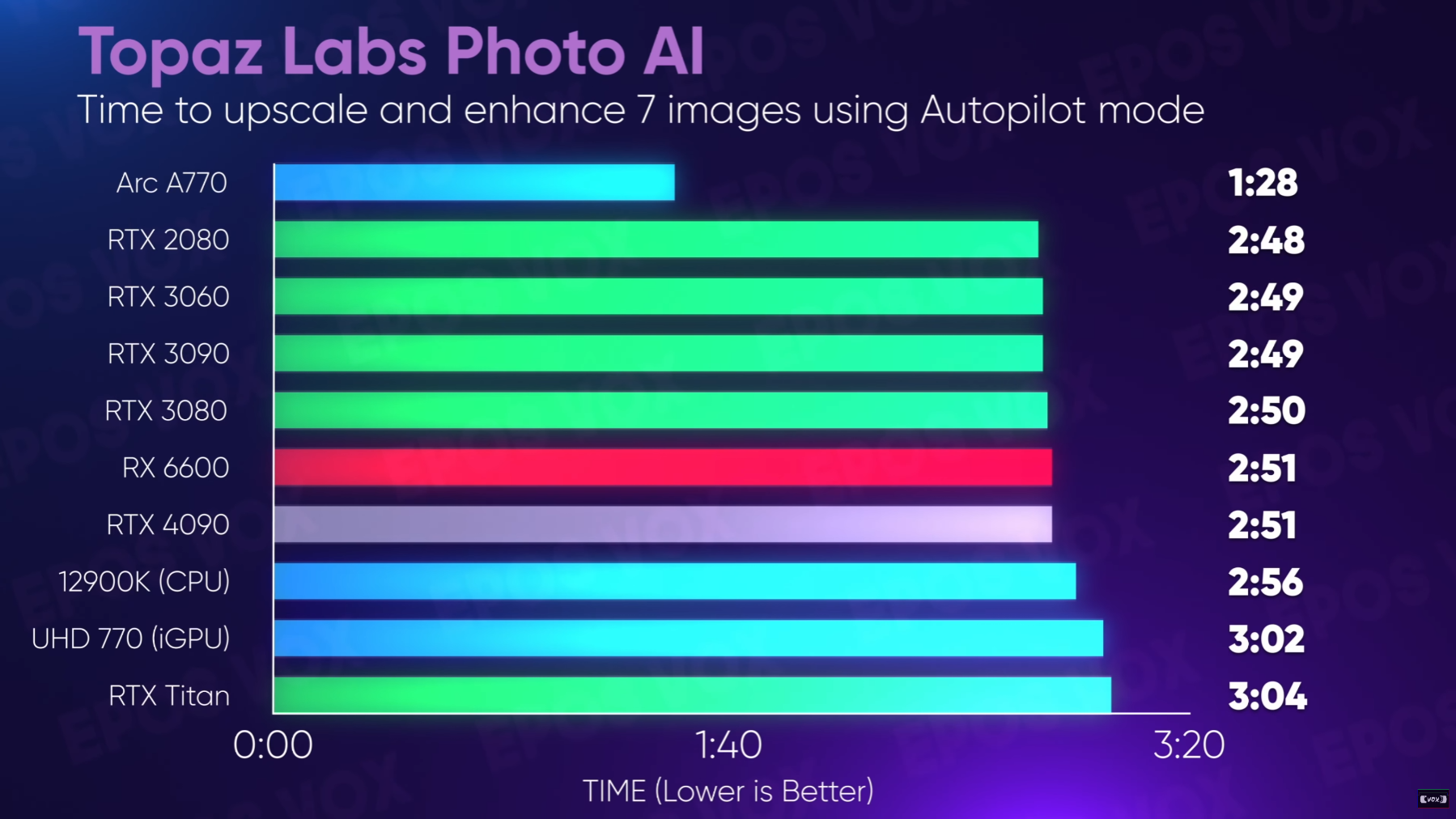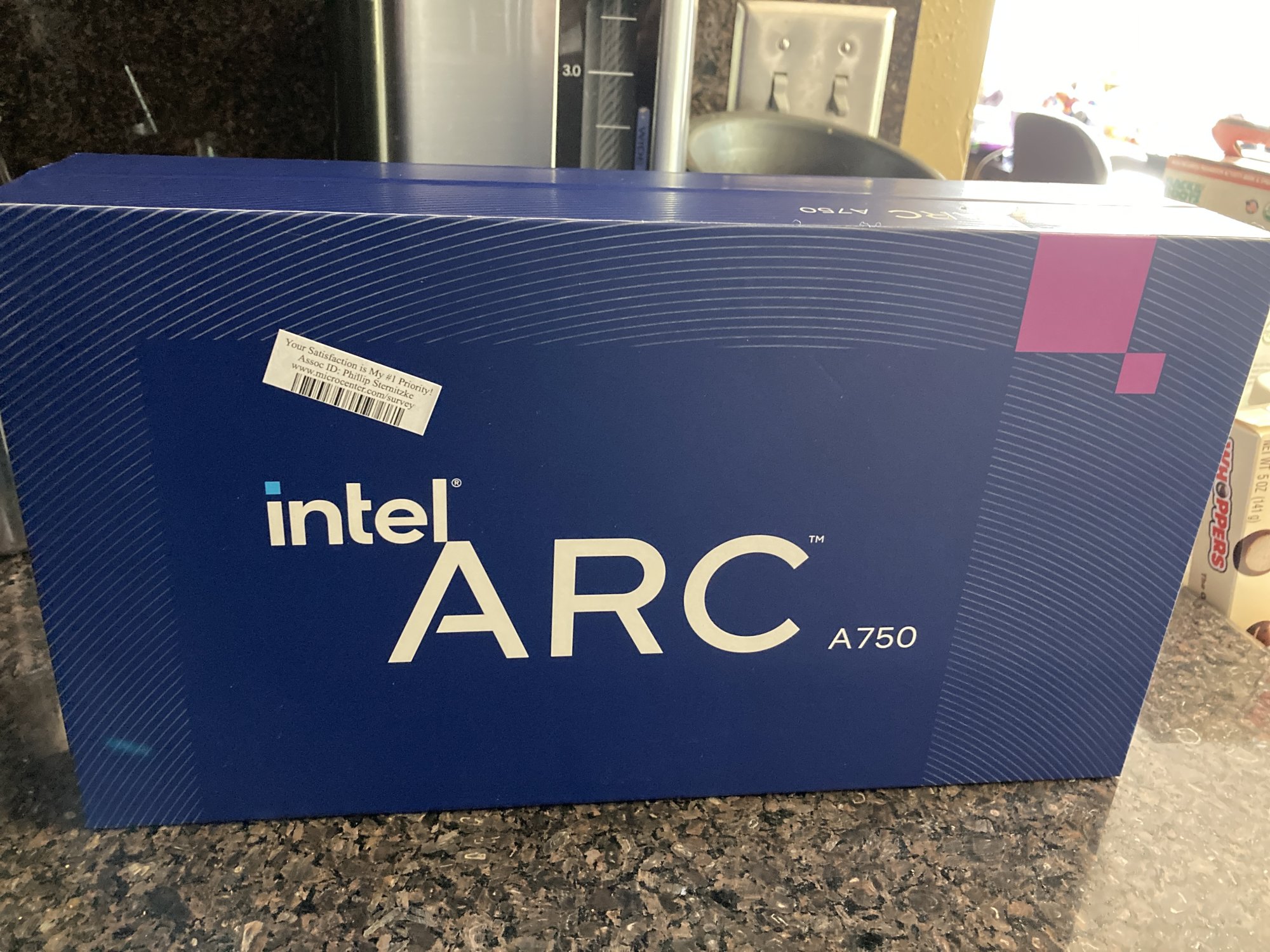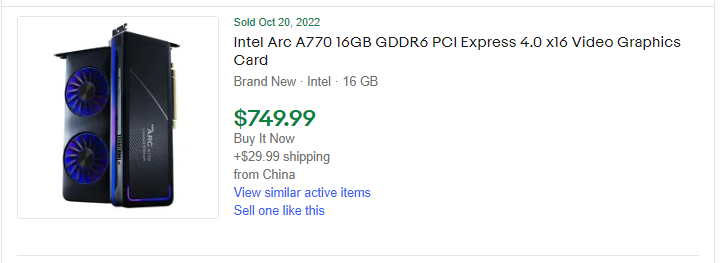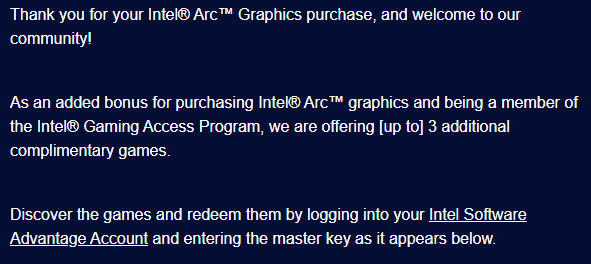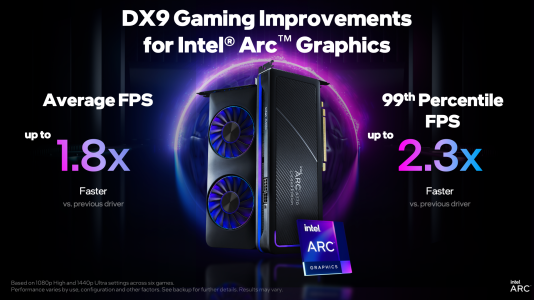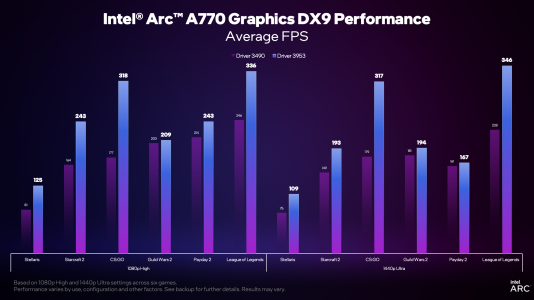https://www.thedailybeast.com/faceb...ntent-creator-like-dall-e-with-the-same-flawsOn that front, did you see the PR from Meta on Monday? Huge effin deal in the AI world. Nvidia is not happy.... Again.
I read the announcement, but am missing the significance to Nvidia. Can you go into a bit more depth for us lay people?
Thanks!
![[H]ard|Forum](/styles/hardforum/xenforo/logo_dark.png)



